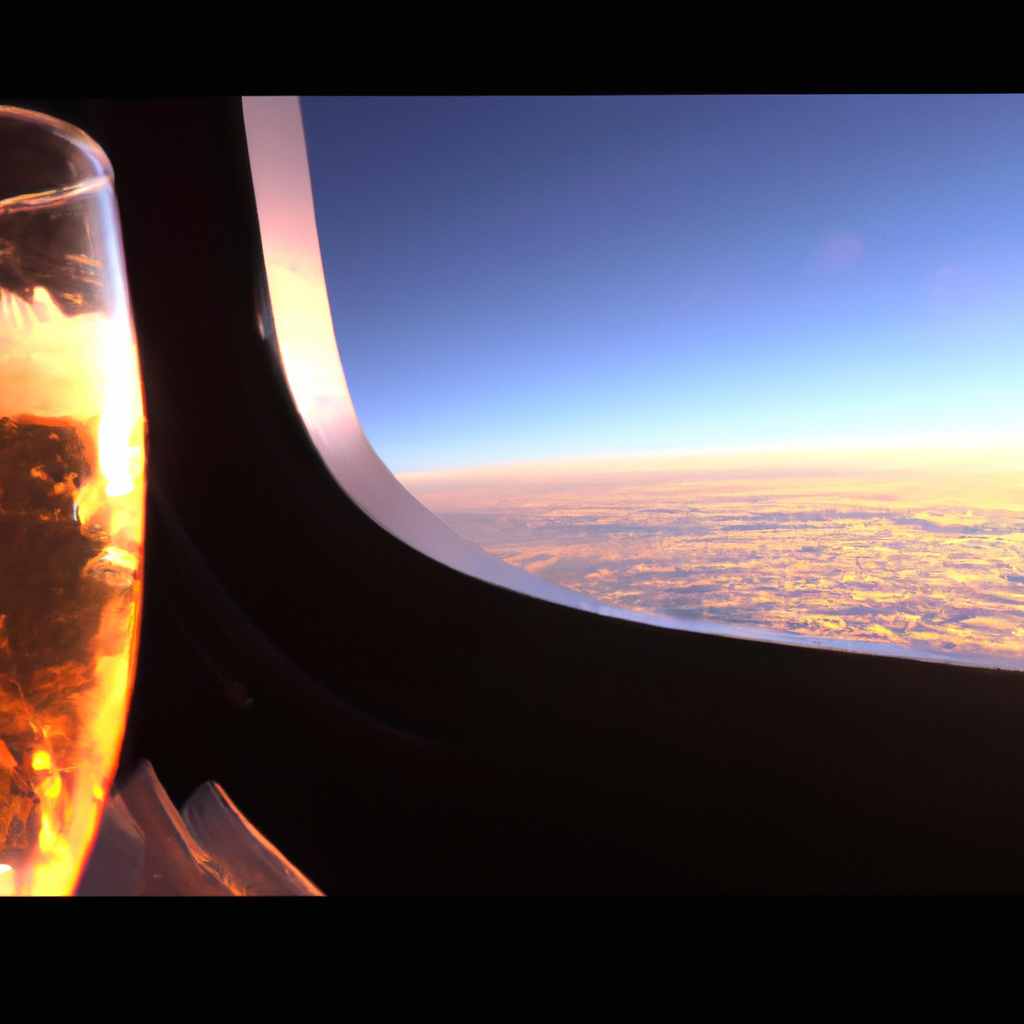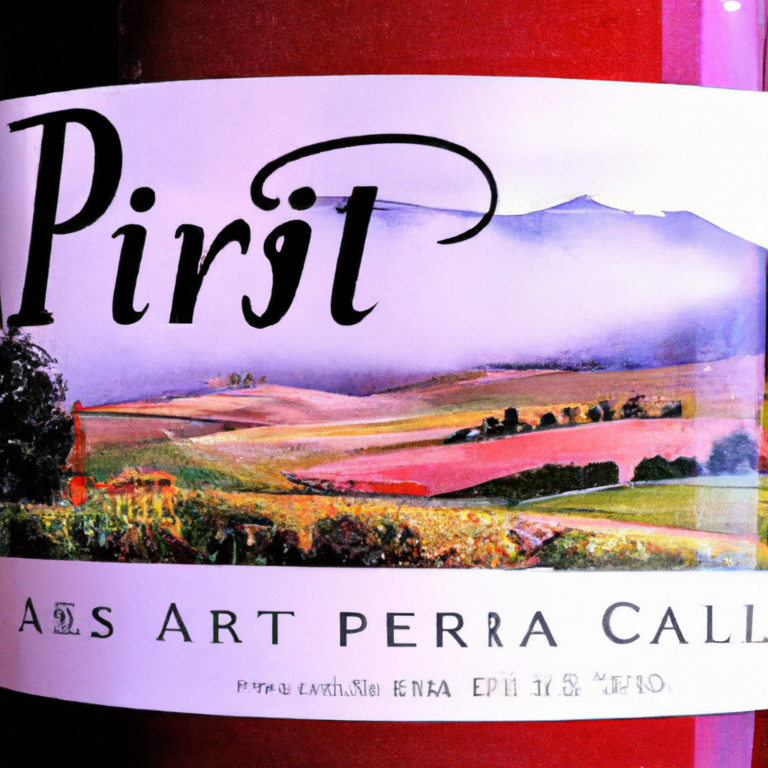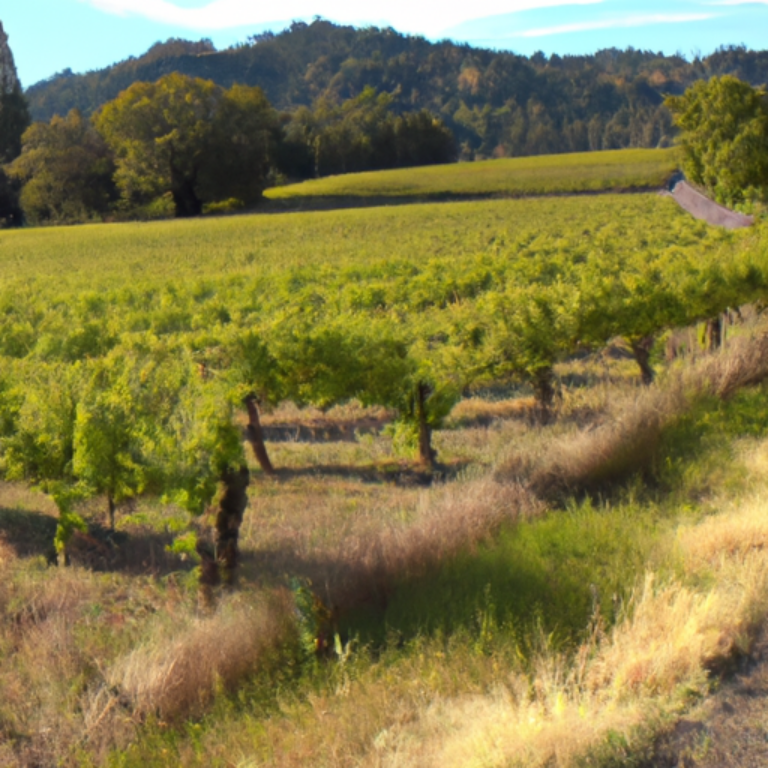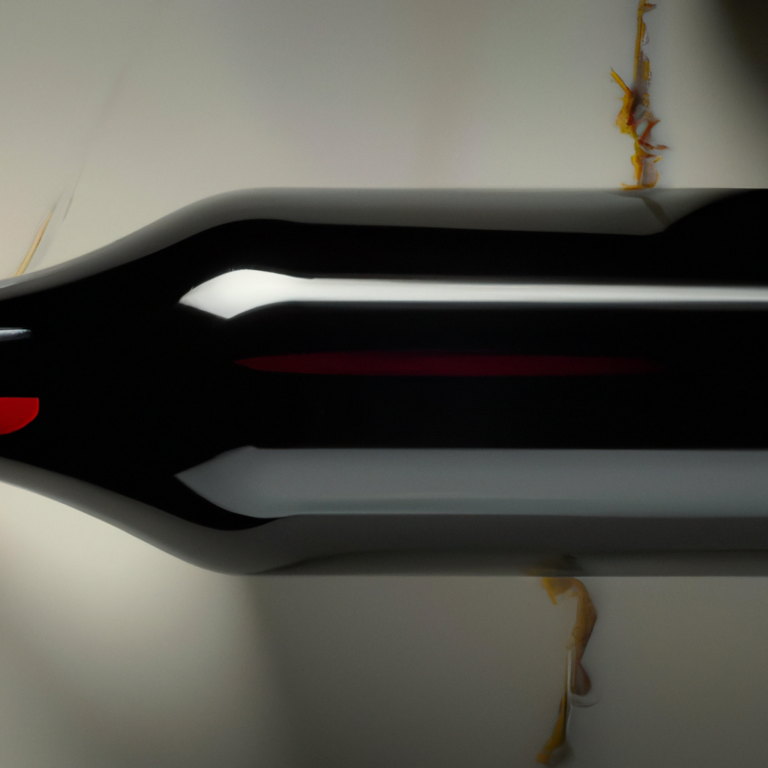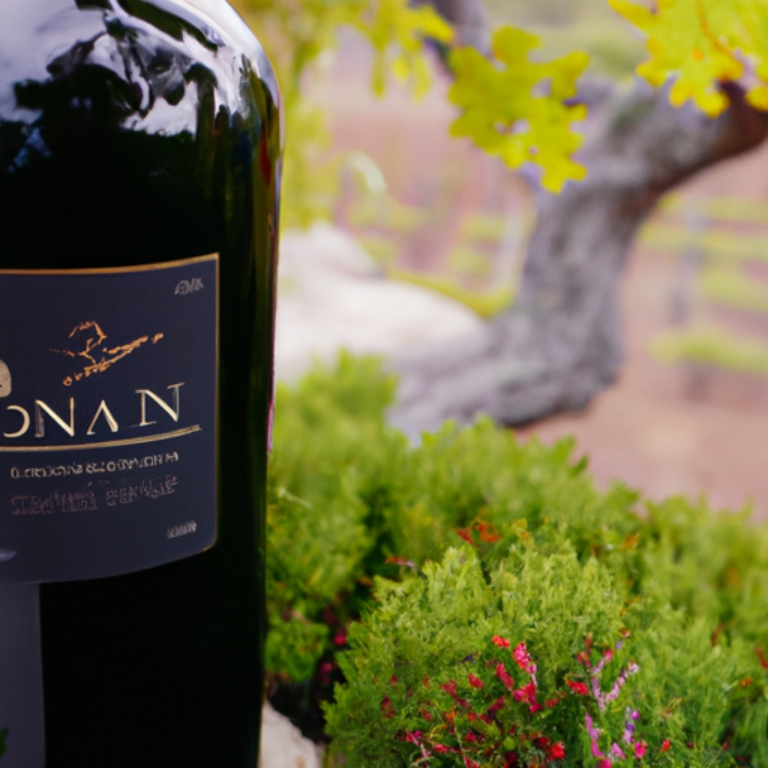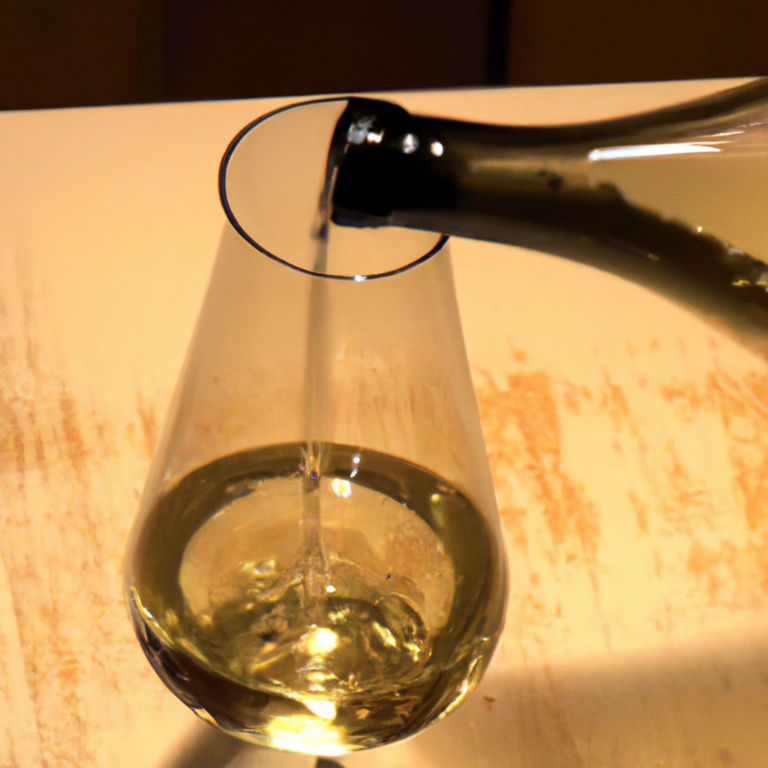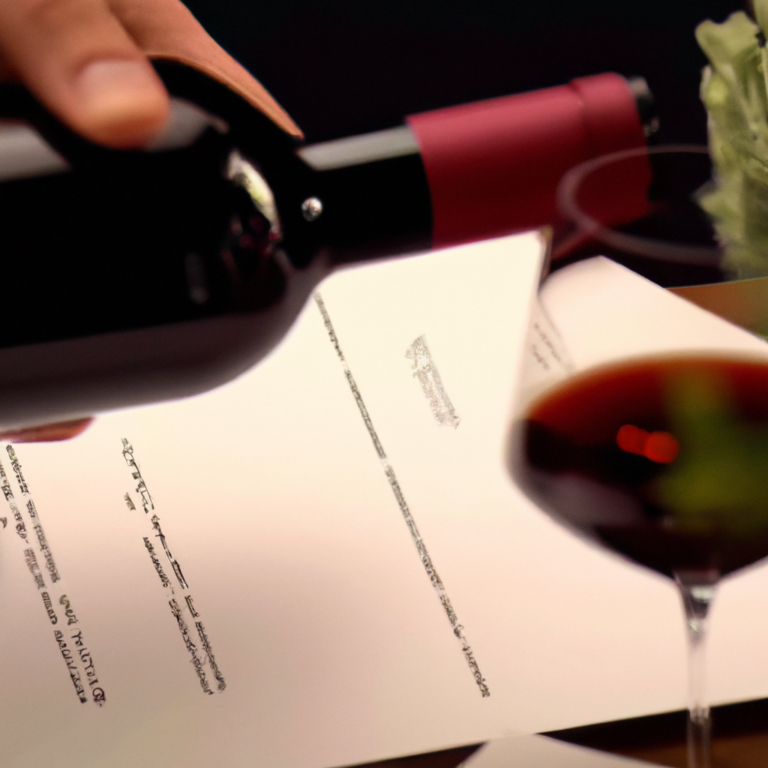Wine 101: Exploring Champagne Part VII – Enjoying Champagne at 30,000 Feet
-
Article Summary
- Wine 101: Exploring Champagne Part VII – Enjoying Champagne at 30,000 Feet
- Key Takeaways
- Introduction: The High-Flying World of In-Flight Champagne
- The Science Behind the Taste
- Champagne Selection in the Skies
- Enjoying Champagne at 30,000 Feet
- Exclusive Bubbles for First-Class Passengers
- FAQ Section
- Why does champagne taste different at high altitudes?
- How do airlines select their champagne?
- Is it safe to drink champagne at 30,000 feet?
- What types of champagne do airlines serve?
- Why is champagne often served on flights?
- Conclusion: The Sky-High Luxury of In-Flight Champagne
- Revisiting the Key Takeaways
Wine 101: Exploring Champagne Part VII – Enjoying Champagne at 30,000 Feet

[youtubomatic_search]
Key Takeaways
- Champagne tastes different at high altitudes due to changes in air pressure and humidity.
- Airlines carefully select their champagne offerings to ensure they taste good in-flight.
- Drinking champagne at 30,000 feet can be a luxurious experience, but it’s important to stay hydrated.
- Some airlines offer exclusive champagne brands and vintages to their first-class passengers.
- Champagne is an integral part of the in-flight experience for many airlines, symbolizing luxury and celebration.
Introduction: The High-Flying World of In-Flight Champagne
Champagne, the epitome of luxury and celebration, has found its place in the skies. Savored at 30,000 feet, this sparkling wine offers a unique experience to passengers. But how does altitude affect the taste of champagne? And how do airlines select their bubbly? This article explores the fascinating world of enjoying champagne at high altitudes.
The Science Behind the Taste
At high altitudes, the air pressure and humidity are lower than at sea level. This affects our taste buds and sense of smell, making food and drinks taste different. According to a study by Lufthansa, our perception of sweet and salty decreases by about 30% at high altitudes. This is why champagne, with its complex flavors and effervescence, can taste different when enjoyed in-flight.
Champagne Selection in the Skies
Airlines take great care in selecting their champagne offerings. They conduct rigorous taste tests, often at high altitudes, to ensure the champagne will taste good in-flight. Some airlines even collaborate with renowned champagne houses to create exclusive blends. For instance, British Airways partnered with Hattingley Valley to create a unique English sparkling wine for their first-class passengers.
Enjoying Champagne at 30,000 Feet
Drinking champagne at 30,000 feet can be a luxurious experience. The pop of the cork and the fizzing bubbles add to the sense of celebration. However, it’s important to stay hydrated as alcohol can have a stronger effect at high altitudes. Drinking water alongside your champagne can help counteract this.
Exclusive Bubbles for First-Class Passengers
For first-class passengers, airlines often offer exclusive champagne brands and vintages. For example, Emirates serves Dom Pérignon, one of the world’s most prestigious champagnes, to their first-class passengers. This not only enhances the in-flight experience but also adds to the sense of luxury and exclusivity.
FAQ Section
Why does champagne taste different at high altitudes?
At high altitudes, the air pressure and humidity are lower, which can affect our taste buds and sense of smell. This can make champagne taste different when enjoyed in-flight.
How do airlines select their champagne?
Airlines conduct rigorous taste tests, often at high altitudes, to ensure the champagne will taste good in-flight. Some airlines even collaborate with renowned champagne houses to create exclusive blends.
Is it safe to drink champagne at 30,000 feet?
Yes, it’s safe to drink champagne at 30,000 feet. However, alcohol can have a stronger effect at high altitudes, so it’s important to stay hydrated by drinking water alongside your champagne.
What types of champagne do airlines serve?
Airlines serve a variety of champagnes, from well-known brands to exclusive blends. For first-class passengers, airlines often offer prestigious brands and vintages.
Why is champagne often served on flights?
Champagne is often served on flights as it symbolizes luxury and celebration. It enhances the in-flight experience and adds to the sense of exclusivity, especially for first-class passengers.
Conclusion: The Sky-High Luxury of In-Flight Champagne
Enjoying champagne at 30,000 feet is a unique experience. The changes in air pressure and humidity can alter the taste of the champagne, adding a new dimension to its complex flavors. Airlines carefully select their champagne offerings, with some even creating exclusive blends. While it’s a luxurious experience, it’s important to stay hydrated due to the stronger effects of alcohol at high altitudes. For first-class passengers, the offering of exclusive champagne brands and vintages adds to the sense of luxury and celebration. Truly, champagne is an integral part of the in-flight experience, symbolizing luxury and celebration in the skies.
Revisiting the Key Takeaways
- Champagne tastes different at high altitudes due to changes in air pressure and humidity.
- Airlines carefully select their champagne offerings to ensure they taste good in-flight.
- Drinking champagne at 30,000 feet can be a luxurious experience, but it’s important to stay hydrated.
- Some airlines offer exclusive champagne brands and vintages to their first-class passengers.
- Champagne is an integral part of the in-flight experience for many airlines, symbolizing luxury and celebration.
[youtubomatic_search]

